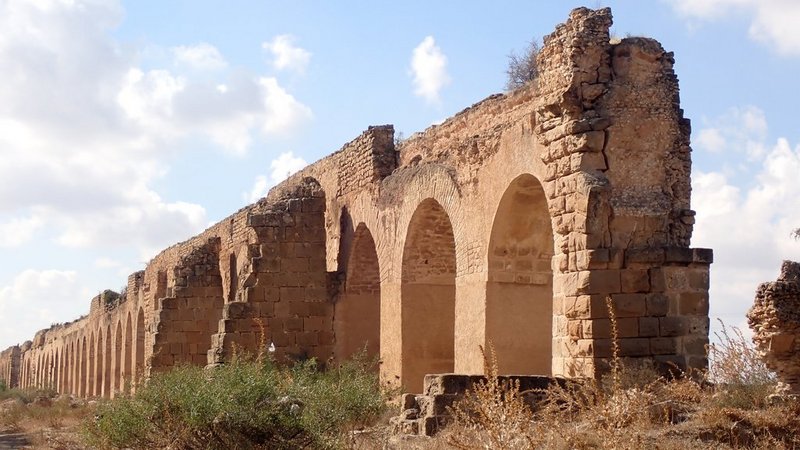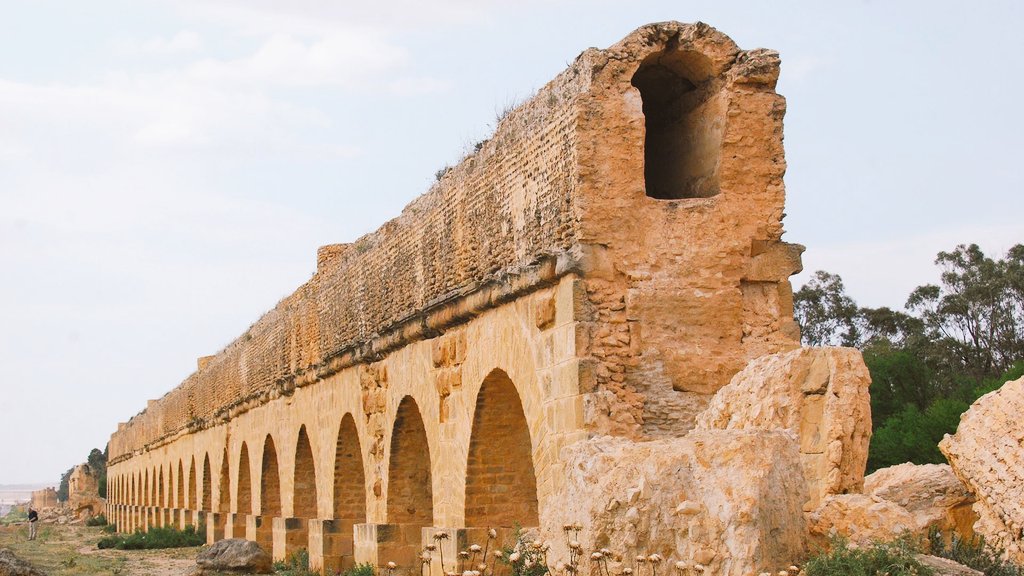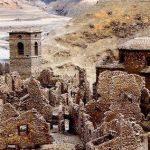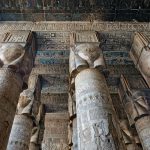Sighs of the Past: The Roman Aqueduct’s Lasting Effect in Zaghouan, Tunisia

The Roman aqueduct in Zaghouan, Tunisia, stands as a testament to the engineering prowess and vision of ancient Rome. Built during the reign of Emperor Hadrian in the 2nd century AD, this impressive structure was designed to channel water from the springs at Zaghouan to the city of Carthage, covering a distance of over 132 kilometers. The aqueduct not only served as a vital infrastructure project but also symbolized the Roman Empire’s ability to shape and transform the environments of its distant provinces.
The aqueduct’s construction was a remarkable feat of engineering. It included a complex system of channels, tunnels, and bridges designed to maintain a steady gradient, ensuring a continuous flow of water. The aqueduct began at the source of the Zaghouan spring, where water was collected in a large basin. From there, it traveled through a series of underground tunnels and overground arcades, crossing valleys and traversing hills to reach its destination. The most iconic segment of this aqueduct system is the series of towering arches that still stand today, a silent reminder of the ingenuity and determination of Roman engineers.

The aqueduct played a crucial role in the development and prosperity of Carthage, one of the most important cities in the Roman Empire. By providing a reliable and abundant water supply, it supported the city’s public baths, fountains, private households, and agricultural activities. The availability of water from Zaghouan contributed to the urbanization and growth of Carthage, enhancing its status as a major center of commerce, culture, and political power in the region.
Over the centuries, the aqueduct has witnessed the rise and fall of empires, the shifting sands of time, and the evolving landscape of Tunisia. Despite the passage of nearly two millennia, significant portions of the aqueduct have survived, a testament to the durability and resilience of Roman engineering. The enduring presence of the aqueduct has made it an important cultural and historical landmark, drawing scholars, historians, and tourists from around the world.

In modern times, the aqueduct of Zaghouan has become a symbol of Tunisia’s rich historical heritage. Efforts have been made to preserve and protect the remains of the aqueduct, recognizing its value not only as an ancient marvel of engineering but also as a source of national pride. Archaeological studies and restoration projects have aimed to conserve the structure and understand its historical context, shedding light on the technological advancements and societal achievements of the Roman Empire.
The aqueduct’s legacy extends beyond its historical and architectural significance. It serves as an educational resource, offering insights into the engineering techniques and environmental management practices of the ancient Romans. By studying the aqueduct, modern engineers and architects can gain valuable knowledge about sustainable water management and the integration of infrastructure with natural landscapes. The aqueduct’s design principles continue to inspire contemporary water supply systems, highlighting the enduring relevance of ancient wisdom in addressing modern challenges.

Moreover, the aqueduct of Zaghouan is a source of inspiration and wonder for those who visit it. Standing beneath its towering arches, one cannot help but feel a connection to the past, a sense of awe at the achievements of our ancestors. The whispers of history emanating from the ancient stones invite reflection on the passage of time and the enduring impact of human ingenuity. The aqueduct reminds us that, despite the advances of modern technology, the fundamental challenges of providing for human needs and harnessing natural resources remain constant.
In conclusion, the Roman aqueduct in Zaghouan, Tunisia, is much more than an ancient ruin; it is a living testament to the ingenuity and foresight of the Roman Empire. Its lasting impact on the region, both historically and culturally, underscores the significance of preserving our shared heritage. As we continue to explore and learn from this remarkable structure, the whispers of the past will guide us toward a deeper understanding of our history and the enduring legacy of human achievement.











